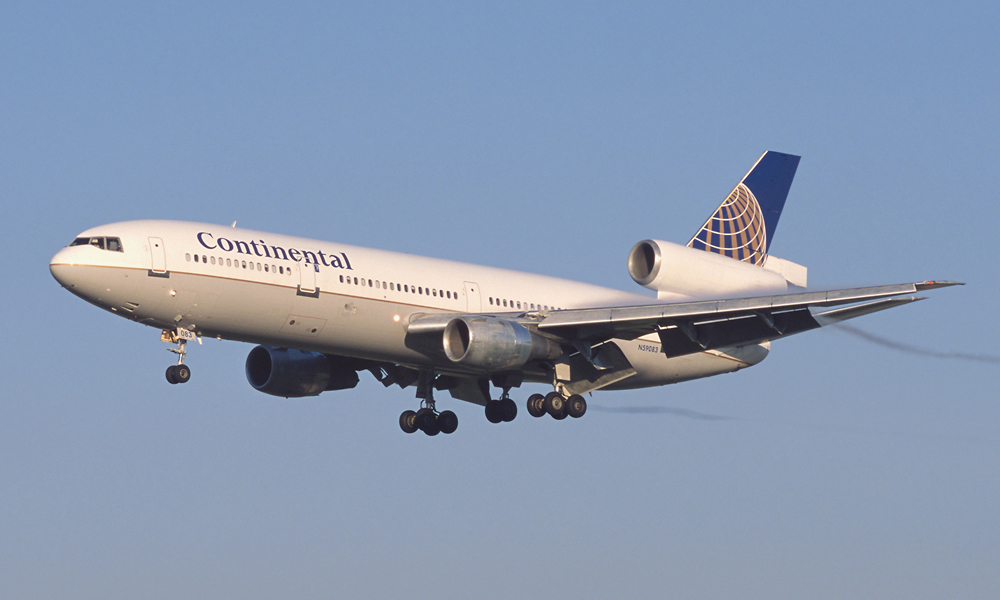I found more information on the Italian UFO:
The occupants were just under six feet tall with blond hair and assumed to be Germans.
There's a sketch of it:

It looks like they're trying to render a manned rocket. Possibly with some sort of wings that sheared off in the crash (the additional objects under "B"). Now, who would possibly have been experimenting with manned rockets near northern Italy in the early 1930s?

 en.wikipedia.org
en.wikipedia.org
So the Italians found an unusual aircraft with blond occupants, perhaps rocket-propelled or something like it, not far from the German border, at the same time that Germany had been experimenting with unusual rocket aircraft and things like it.
It's the 13th of June 1933 when a misterious flying craft crashes near Lake Maggiore in Northern Italy. The remains of the objects as well as its occupants were recovered by the military and brought to a SIAI-Marchetti warehouse near Varese and everything was secretated.
The object was described as having a cylindrical shape with a narrowing at the base and had an opening on the side emitting red and white lights. The 2 occupants were 1.80 m tall (5'11''ft), had blonde hair and clear eyes and were put in formaline to be preserved. First studies hinted at a German secret project but the technology seemed way too advanced and the extraterrestrial hypothesis was put forward.
The occupants were just under six feet tall with blond hair and assumed to be Germans.

There's a sketch of it:

It looks like they're trying to render a manned rocket. Possibly with some sort of wings that sheared off in the crash (the additional objects under "B"). Now, who would possibly have been experimenting with manned rockets near northern Italy in the early 1930s?

Jet aircraft - Wikipedia
During the 1920s and 1930s a number of approaches were tried. A variety of motorjet, turboprop, pulsejet and rocket powered aircraft were designed. Rocket-engine research was being carried out in Germany and the first aircraft to fly under rocket power was the Lippisch Ente, in 1928. The Ente had previously been flown as a glider. The next year, in 1929, the Opel RAK.1 became the first purpose-built rocket aircraft to fly.
The turbojet was invented in the 1930s, independently by Frank Whittle and later Hans von Ohain. The first turbojet aircraft to fly was the Heinkel He 178, on August 27, 1939 in Rostock (Germany), powered by von Ohain's design.[5][6] This was largely a proof of concept, as the problem of "creep" (metal fatigue caused by the high temperatures within the engine) had not been solved, and the engine quickly burned out. Von Ohain's design, an axial-flow engine, as opposed to Whittle's centrifugal flow engine, was eventually adopted by most manufacturers by the 1950s.[7][8]
The first flight of a jet-propelled aircraft to come to public attention was the Italian Caproni Campini N.1 motorjet prototype which flew on August 27, 1940.[9] It was the first jet aircraft recognised by the Fédération Aéronautique Internationale (at the time the German He 178 program was still kept secret). Campini began development of the motorjet in 1932; it differed from a true turbojet in that the air was driven through by a piston engine, instead of the exhaust gas, a much more complex solution.
So the Italians found an unusual aircraft with blond occupants, perhaps rocket-propelled or something like it, not far from the German border, at the same time that Germany had been experimenting with unusual rocket aircraft and things like it.





